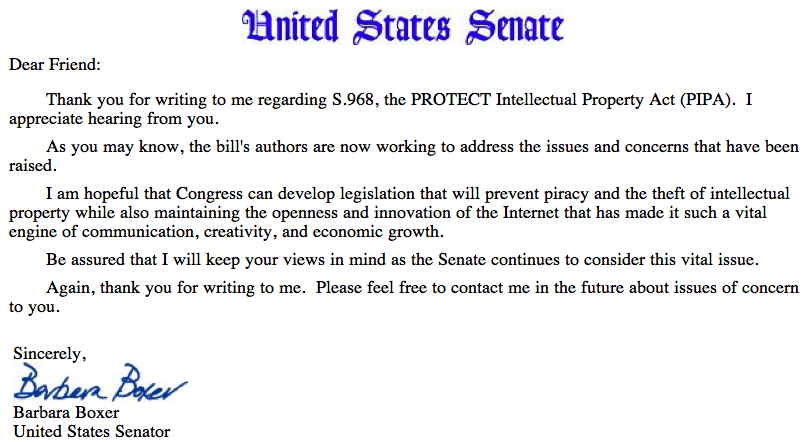There are three aspects to think about when creating an MVP program for your best customers and advocates. Those three components are:
- Identity
- Privileges
- Benefits
For example, here’s a post here from Porter Gale in AdAge about engaging with Superfans. The key ‘grafs are here:
These are your best and most-loyal consumers. They are the 20% of the Pareto principle (roughly 80% of the effects come from 20% of the causes.) Reward them with early access, discounts and swag. They’ll let everyone know about their special treatment. Highlight and reward. Showcase fans of the week. Do be prepared in case a super fan is angry. These people may take the brand more seriously than you do and may react poorly to change. Know how to respond. Brands have made mistakes in social media — learn from them. Have a crisis plan in place. Inevitably, you’re going to mess something up and make the crowd angry. Be ready.
Do let them share. Make it super easy for fans to advocate on your behalf. Do track and optimize results. Utilize analytics to measure the results you’re getting from super fans or advocate marketing programs. With testing tools, you can see what approaches work best. Don’t pay super fans. Don’t give financial rewards or incentives to get them to recommend your brand or products. It’s inauthentic and can backfire. People who learn that they’ve been given a paid or incented recommendation are actually less likely to buy the recommended product or service, studies show.
Interestingly, Porter only really focuses on the “Benefits” part of the triangle. The other two components are as, if not more, important than the benefits you give to those influential advocates in the community.
Take, for example, the Aruba Networks MVP program (disclosure: Aruba is a client and we worked with them to develop this program). The Aruba MVP program contains all three components:
 Identity – MVP members of the community can be easily identified by others, and each other. This adds a layer of visible, verifiable reputation to the program. Aruba does this via badges shown for the levels of their MVP program. (The Aruba program has three levels: MVP, MVP Expert and MVP Guru.)
Identity – MVP members of the community can be easily identified by others, and each other. This adds a layer of visible, verifiable reputation to the program. Aruba does this via badges shown for the levels of their MVP program. (The Aruba program has three levels: MVP, MVP Expert and MVP Guru.)- Privileges – MVPs are able to participate in the community in ways that are unique to their level
- Benefits – Yes, they do get some cool swag
As Porter notes in her article, MVPs and Superfans are elevated members of the tribe. As such, others who are new to the community need to be able to quickly and unambiguously recognize who the key voices in the community are. Similarly, because MVPs have contributed to the overall community during their involvement with it, it is important (as a good host) to recognize their contributions and enable them to easily share their passion for the organization with others.







